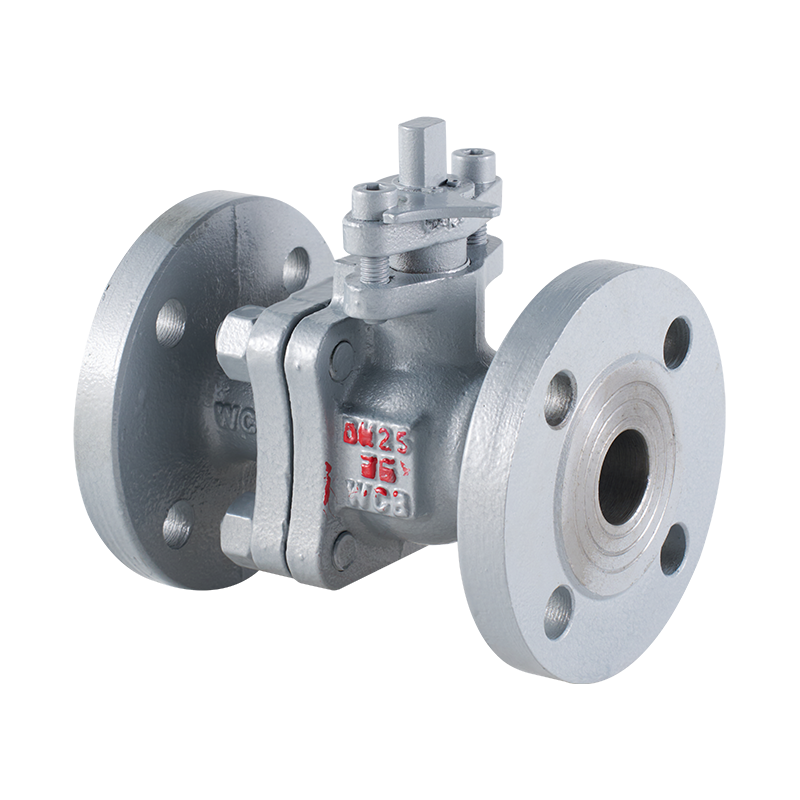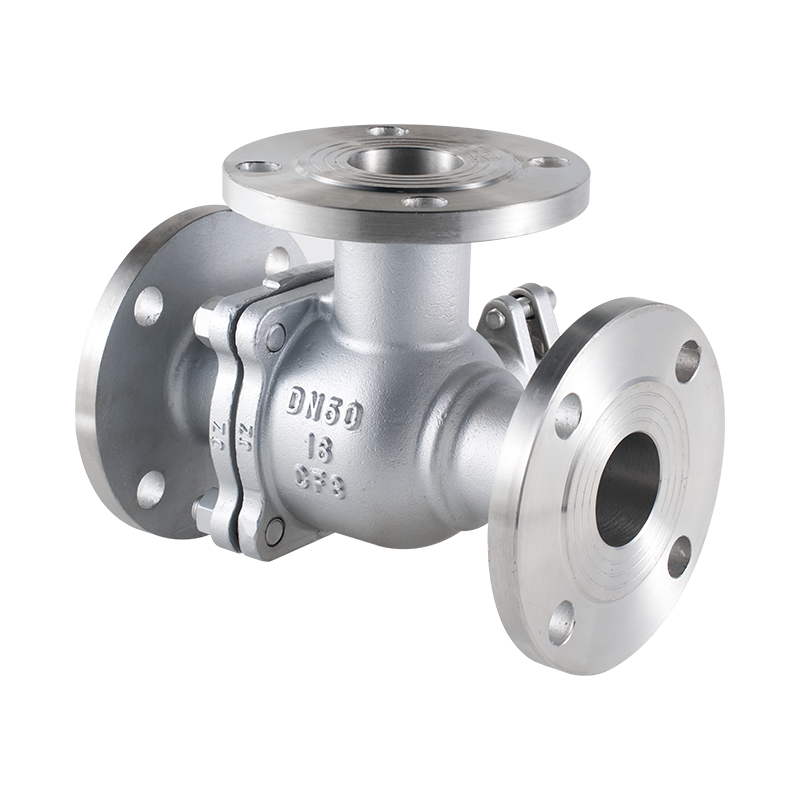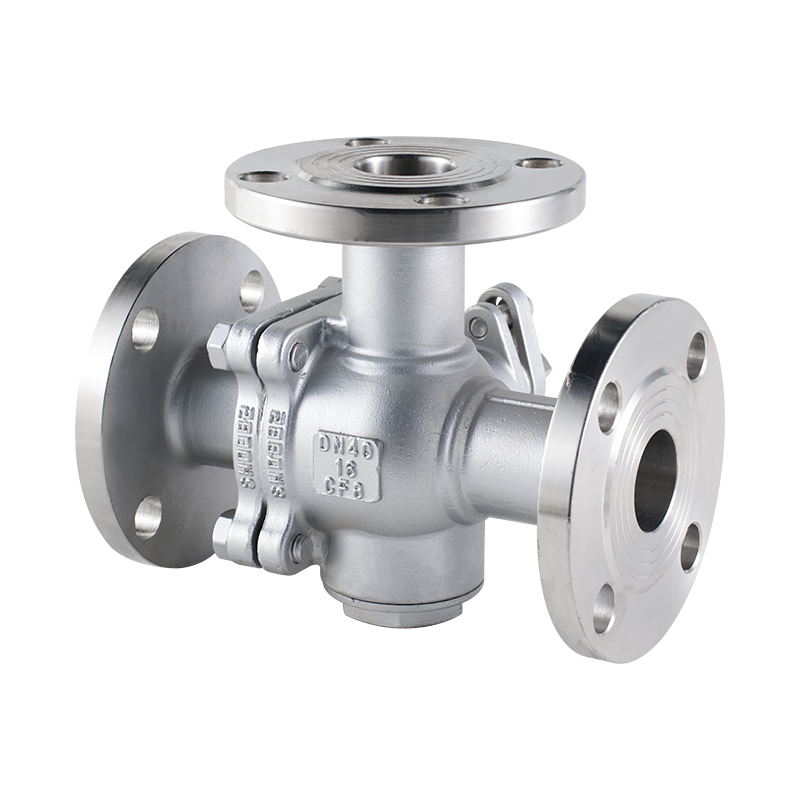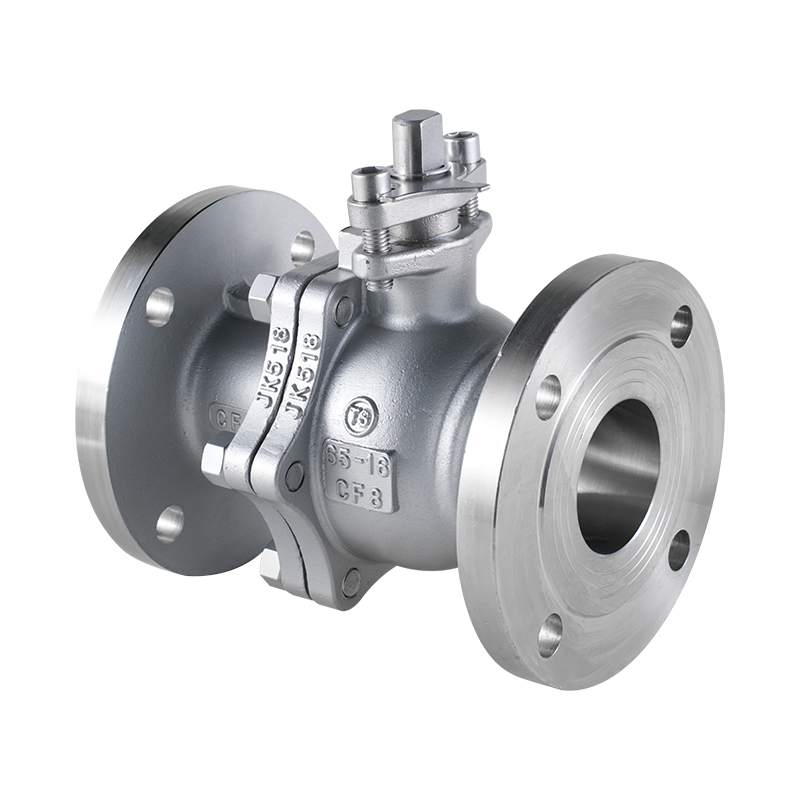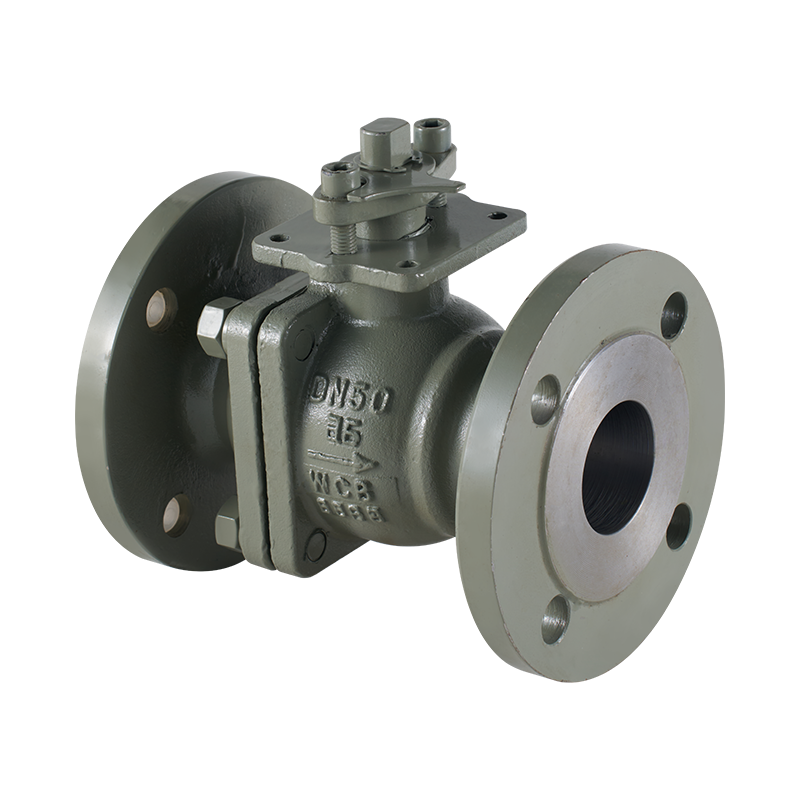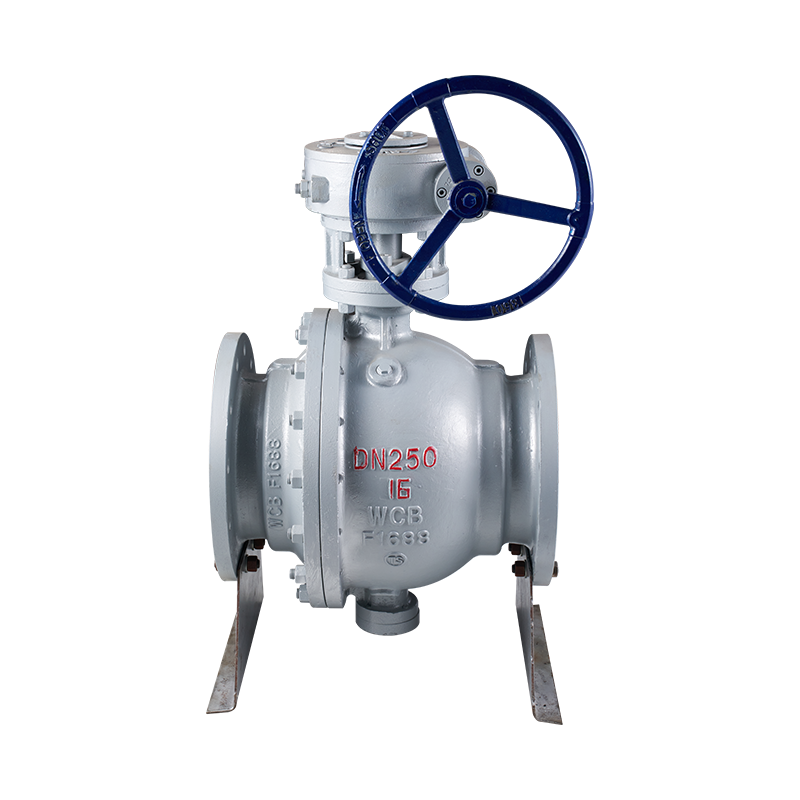In many industrial fluid systems, two terms routinely appear together: ANSI Y Type Strainer and Cast Steel Y Type Strainer. The former refers to adherence to ANSI (or ASME) standards in dimensions and pressure classes, while the latter describes a Y-type strainer constructed with cast steel material. By combining these two attributes, a well-designed strainer can deliver both standard compatibility and durable performance under demanding conditions.
1. Key Features of ANSI Cast Steel Y Type Strainers
When a Y type strainer is labeled both ANSI and cast steel, it means it’s designed with standard flange dimensions, pressure classes, and built from a robust cast steel body. Below are the critical features to look for.
1.1 ANSI / ASME Compliance
A genuine ANSI Y Type Strainer must comply with ANSI/ASME (or equivalent) standards for flange dimensions (e.g. ASME B16.5), face-to-face lengths (B16.10), pressure-temperature ratings (B16.34), and mechanical testing. This ensures:
Interchangeability and compatibility with other ANSI-class piping components
Predictability in installation (bolt patterns, gasket sizes, flange spacing)
Assurance of standardized mechanical performance under rated pressure and temperature conditions

1.2 Cast Steel Body Construction
The cast steel body provides a durable and rigid shell. Key features often include:
Robust mechanical structure: thick walls, internal ribs, reinforcement zones to resist pressure, vibration, and mechanical load
Good machinability: flange faces, internal seats, cover surfaces are precisely machined to ensure tight sealing
Metal choice flexibility: cast steel grades such as ASTM A216 WCB (carbon steel) or alloy variants for enhanced strength or elevated temperature capability
Large screening area: many cast steel Y type strainers are designed with generous screen surface inside the body to reduce initial pressure drop and extend time between cleanings
Smooth flow passages: internal flow paths are contoured or streamlined to minimize turbulence and pressure loss
Drain or blow-off connection: to allow removal of captured debris via plug or blowdown connection without full disassembly
Screen guiding and seating: screens are guided both by the body and the cover, ensuring proper alignment and sealing around edges to prevent unfiltered bypass
1.3 Temperature and Pressure Rating
Because cast steel is capable of withstanding higher stresses than less robust materials, Cast Steel Y Type Strainers can often be rated for moderately high pressures and temperature ranges. For example:
Some ANSI cast steel Y strainers maintain service up to +425 °C and as low as –29 °C in specific designs.
Class ratings for ANSI flanges (150. 300. etc.) are typically supported depending on the wall thickness and design
1.4 Installation Versatility
Because of their rigid structure and well-engineered internal geometry, cast steel Y strainers can be installed in:
Horizontal pipelines, with the leg (screen chamber) typically pointing downward
Vertical pipelines, provided the flow direction is downward into the inlet side so debris collects inside the strainer body and not downstream
This flexibility is important for many piping layouts where orientation constraints exist.
1.5 Ease of Maintenance
Even though the cast steel body is robust, maintenance is a critical feature. Good designs incorporate:
Removable cover or cap to access screening element
Screen retention and alignment features to simplify removal and reinsertion
Blow-off or drain plug to purge debris without full removal
Machined seat surfaces to allow tight sealing when reassembled
With proper maintenance, you can keep the Cast Steel Y Type Strainer performing reliably over long service intervals.

 English
English 中文简体
中文简体


